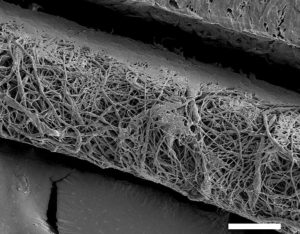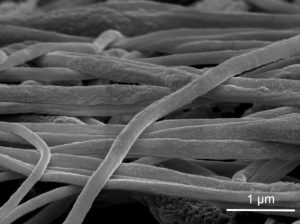

See, the reason for the explosion was the lithium-ion battery. As of late, you may have seen in the news that batteries in devices are actually blowing up left and right, as they have a seriously negative tendency to overheat. More specifically, the Li-ion, a great option for holding a charge and fitting into little devices, also goes through something called “thermal runaway”, where the exponential growth in heat becomes severely threatening. It’s said that the battery, which contains both an anode and cathode as its primary electrodes, can cause such serious problems if the two electrodes where to touch another. If this happens, you’ve got a serious threat of thermal runway kicking in. This can of course happen in more situations than one. In 2016, the U.S. National Transportation Safety Board “issued a warning about lithium batteries in aeroplane cargo, considering and chronicling them as possible “fire and explosion ignition sources”.


But wait, science is science, guys, meaning more important things happen! Once the polymer shell hits 160 degrees Celsius, it melts. Once it melts, the discharge of TPP works itself into the electrolyte and “extinguishes the combustion” (just like a fireman, a tiny little fireman inside your smartphone!). Okay, maybe it’s not so simple. Maybe it’s more experimentation than anything, where the testing has been done in a coin cell, yet without enough results to completely back up it’s own theory. For the researchers to know if this works in the larger batteries, like in a smartphone or even an electric car, more experiments have to be performed. That’s for sure.
I mean, as it’s quite curious to test these flame retardant mechanisms in more than just smartphones, there’s most definitely a reason to do so. Because the whole Samsung Galaxy Note 7 freaked us all out (for goodness sake, even the Feds asked consumers to stop using their recently purchased phablets), battery fires have also been happening elsewhere. Companies besides Samsung, such as Tesla, Apple, and even hoverboard and electric skateboard companies, have experienced their fair share of battery fires and product recalls.



 Laptop & Tablet Parts
Laptop & Tablet Parts




















